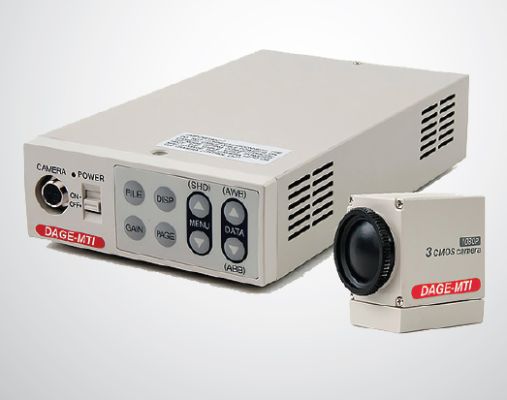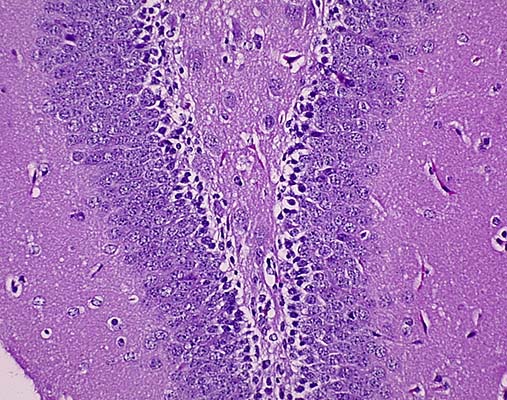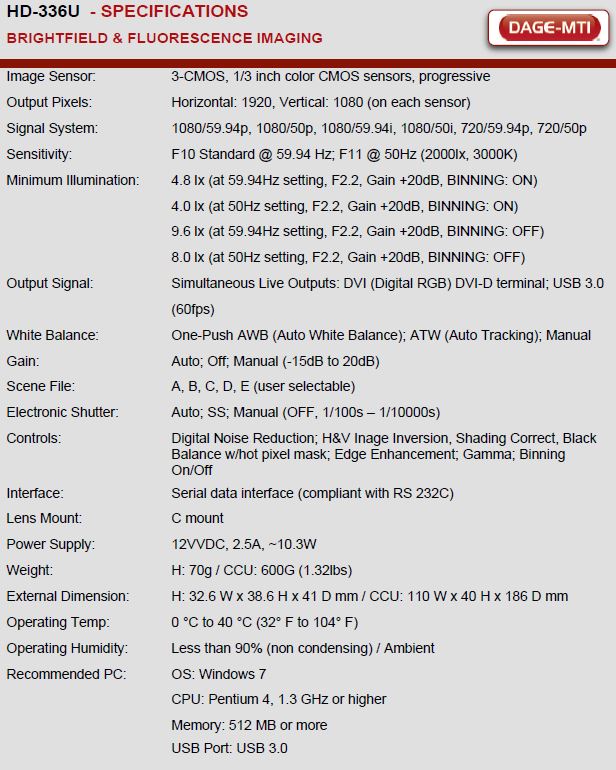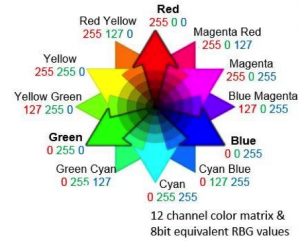The HD-336U(Medically Certified option available) is the ultimate 3CMOS HD microscopy camera for brightfield and fluorescence imaging. The HD-336U offers true HD imaging at 60fps via USB 3.0 or HDMI outputs – or both simultaneously.
Utilizing the latest 3CMOS chip technology, the HD-336U is pre-programmed for perfect color by critical adjustments of 6 hues – not just red, green and blue, but yellow, cyan and magenta as well. The HD-336U increases spatial resolution by using 3 sensors and provides the best image in the industry. Period.








